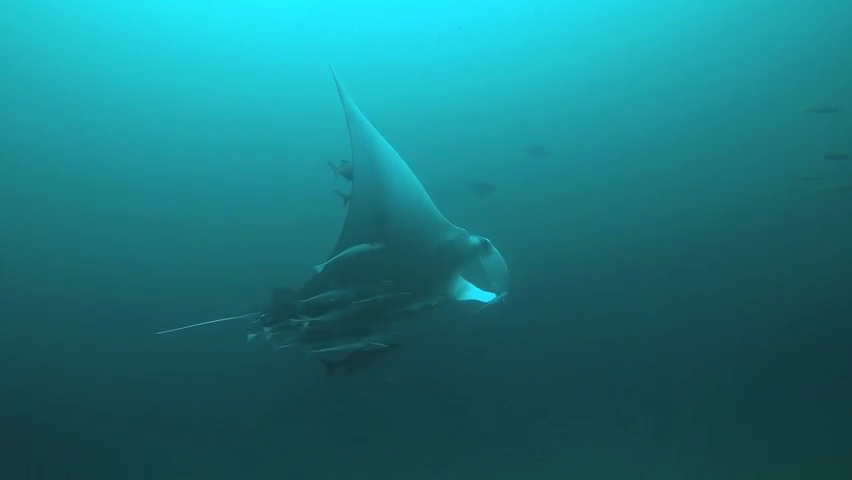


Additionally, this choice is associated with mating, food abundance, and currents. According to National Geographic, it was in early 2008 that this species was discovered.īased on researchers from the USA, Saudi Arabia, and France, reef manta rays prefer near-shore tropical and subtropical waters. Manta alfredi or reef manta rays are smaller than the first species discovered. When they move out, they swim by flapping their pectoral fins. Their behavior includes staying on those surfaces for a considerable time. According to a study from the Journal of Fish Biology, giant manta rays prefer warmer waters because food sources are more abundant. Manta birostris is usually found in offshore islands or mid-waters of reefs at depths of around 120 meters. According to the Florida Museum, this species was the first species known, discovered in 1978.

#Manta ray next to shark skin
Manta BirostrisĪlso known as giant manta rays, this species can be identified because of its casual thorn and rough skin texture. There are two main species of manta rays and in this section, we will elaborate on these species and how they differ from one another. The dorsal side of manta rays is darker and the ventral side is mixed with black and white spots.Īlso based on the NOAA, these spot patterns on their bellies are used for identification. Generally, the average manta ray’s body size is around 15 feet., and may come in two colors such as chevron and black. They have large mouths with two cephalic lobes in front.The word “Manta” means blanket or cloak in Spanish, defending the characteristics or physical appearance of these marine animals: According to the National Oceanic and Atmospheric Administration (NOAA), manta rays also have an internal skeleton of cartilage.


 0 kommentar(er)
0 kommentar(er)
